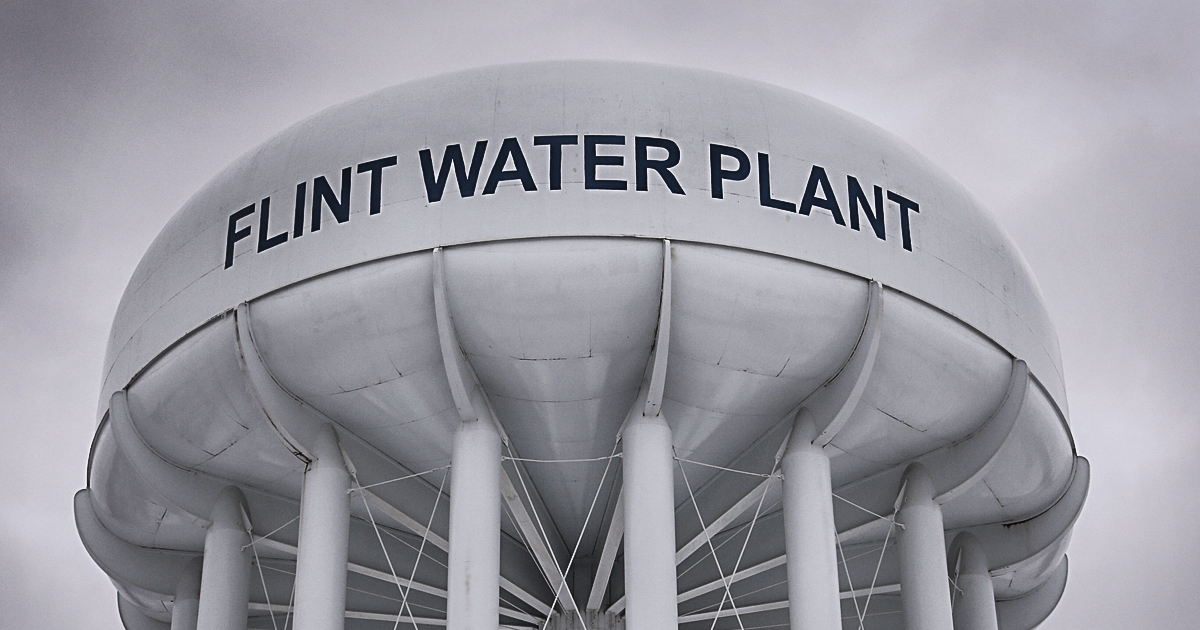Several media sources as well as the scientific community have reported that a “dead zone” in the northern Gulf of Mexico has grown to the size of Connecticut and Rhode Island combined. Concentrated around the mouth of the Mississippi River, the zone extends along the Texas and Louisiana coast. In 1988, the Gulf hypoxia zone covered an area of only 15 square miles. This year, it covers approximately 6,500 square miles – up from a little over 5,000 square miles last year at this time.
The scientific term is hypoxia zone. Literally, hypoxia means “not enough oxygen.” This is caused by thousands of tons of nitrogen and phosphorus-rich fertilizer and sewage entering the Gulf by way of the Mississippi and its tributaries. The algae that thrive on these nutrients then consumes all the oxygen in the area – thus killing or driving off all marine life. Fish and marine mammals usually move on to waters where oxygen levels are sufficient to sustain life. However, bottom-dwellers, such as shrimp and shellfish, cannot escape – and thus, die off. Environmental concerns aside, this is disastrous to industries and small family businesses that depend on shrimp and recreational fishing.
What has been causing the huge expansion of the dead zone? The process is known as eutrophication. This is the result of an increase in the amounts of organic matter, resulting in a corresponding increase of algae. Excess algae that is not consumed by other sea creatures eventually dies off and sink to the bottom. As the algae decompose, the bacteria feeding on its remains, consuming oxygen faster than it can be replenished. The process is exacerbated by the phenomenon of stratification. In oceans, colder, saltier water where most marine creatures live sinks to the bottom; while warmer, fresher water rises to the surface. This prevents atmospheric oxygen from replenishing the waters lower down.
The primary cause of this is human activity – increased use of nitrogen-based fertilizers on farms, golf courses and lawns, coupled with heavier than normal rains. The dead zone along the Texas and Louisiana coast is not unique. Several such hypoxia zones are concentrated along the Gulf Coast from southern Texas to Tampa Bay. Other large dead zones exist along the Eastern Seaboard, in the marine passages between the North Sea and the Baltic, and in the Yellow Sea and the waters between the northern coast of China and the Korean Peninsula. Generally, these are regions of high human population density.
It’s apparent where the responsibility lies. The problem is – what should be done about it? What can be done about it? According to farmers, reducing the use of fertilizers and putting up buffers to prevent fertilizer runoff from entering waterways would reduce food production, resulting in rising prices for consumers. Municipal governments blame the agricultural industry and say it is too expensive to remove excess nitrogen from the water. And, of course, they aren’t willing to give up golf courses or redesign public parks or ask homeowners to take out their lawns.
As a result, everyone involved in the problem is wringing their collective hands, wondering what should be done and – above all – how to pay for it. Whether the solutions are market-based, imposed by regulations or some combination of both, there are some difficult decisions to be made.



